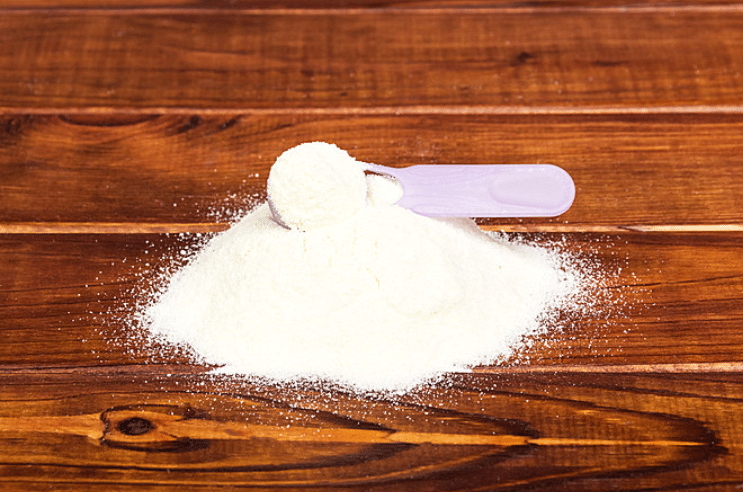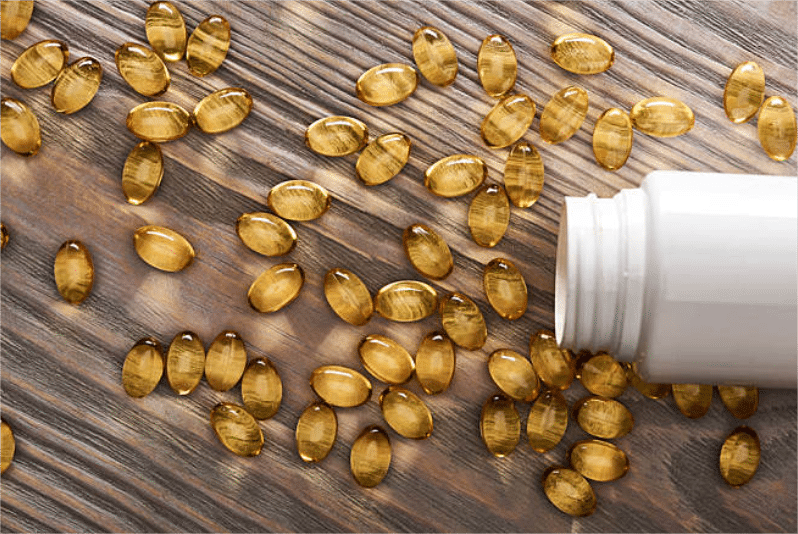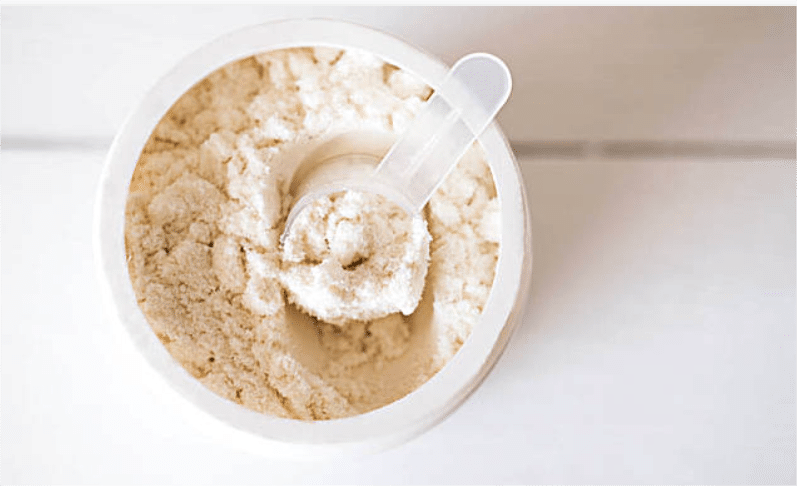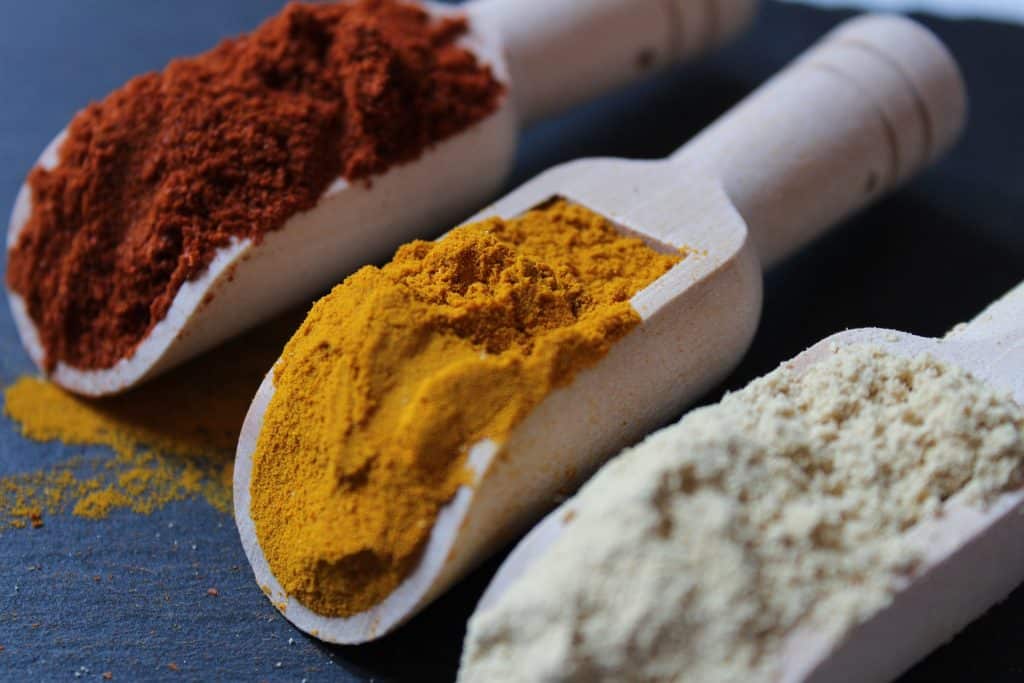In today’s fast-paced beauty and wellness industry, the quest for shiny, strong hair has never been more intense. Enter hydrolyzed keratin—a powerhouse ingredient that has captured the attention of consumers and manufacturers alike. If you’ve ever wondered how to achieve that salon-perfect look or what exactly hydrolyzed keratin can do for your hair, then you’ve clicked on the right blog. Let’s dive into everything you need to know about hydrolyzed keratin, including its benefits, applications, and market dynamics.
What is Hydrolyzed Keratin?
Hydrolyzed keratin is a protein derived from keratin, a natural component of hair, skin, and nails. This ingredient is produced through a process that breaks down keratin into smaller peptides, improving its ability to penetrate hair strands. This fine-tuned process makes it particularly useful for hair care formulations.
- Aliases: Hydrolyzed keratin might be referred to as keratin peptide in certain contexts.
- Latin Name: While it is commonly called keratin, its scientific classification varies slightly based on its source (e.g., human, animal).
- CAS Number: Hydrolyzed keratin is generally referenced in formulations without a unique CAS number but uses blends derived from natural keratin sources.
Physical Properties of Hydrolyzed Keratin
In terms of appearance, hydrolyzed keratin typically manifests as a translucent, pale yellow to white powder or liquid. It is practically odorless and mixes well into water-based products. Here are some details:
- Common Specifications: Hydrolyzed keratin is often found in various molecular weights suitable for hair and cosmetics.
- Solubility: Hydrolyzed keratin is water-soluble, making it easy to incorporate into shampoos, conditioners, and other hair treatments.
- Stability and Storage Requirements: When stored properly in a cool, dry environment, hydrolyzed keratin can have a shelf life of 24 months or more.
- Typical Packaging Sizes: Commonly bagged in sizes ranging from 25 kg to 1000 kg, catering to both small and large manufacturers.
The Origins of Hydrolyzed Keratin
The journey of hydrolyzed keratin began in the early 20th century as keratin’s properties were being explored in various beauty and cosmetic applications. Research teams focused on identifying how best to utilize keratin for enhancing hair health, leading to the development of hydrolyzed forms that could be easily absorbed through the hair follicle.
Forms of Hydrolyzed Keratin on the Market
Hydrolyzed keratin can be found in various forms, including:
- Powder: This is the most common form, allowing for easy mixing in formulations.
- Liquid: Hydrolyzed keratin in liquid form is often used in ready-to-use products like serums and sprays.
Auxiliary Ingredients in Hydrolyzed Keratin Production
The production of hydrolyzed keratin typically involves not only the keratin itself but also additional ingredients to enhance its efficacy, such as:
- Natural Oils: To boost moisture retention.
- Vitamin E: Added for its antioxidant properties that help protect hair from environmental damage.
Hydrolyzed Keratin and Solubility
As mentioned earlier, hydrolyzed keratin is indeed water-soluble. This characteristic is crucial for its application in hair care products, as it ensures better absorption and utilization within the hair structure.
Applications of Hydrolyzed Keratin
Hydrolyzed keratin is a versatile ingredient used across multiple industries:
- Hair Care Products: Shampoos, conditioners, and treatments often feature hydrolyzed keratin for its ability to strengthen hair and reduce damage.
- Cosmetic Formulations: Used in skin products for its moisturizing properties.
- Dietary Supplements: Some market segments explore the potential benefits of keratin supplementation
Key Production Processes of Hydrolyzed Keratin
The mainstream processes used in the production of hydrolyzed keratin include:
- Hydrolysis: This chemical process breaks down keratin into smaller peptides, ensuring better absorption in hair.
- Extraction: Typically sourced from human hair, animal hooves, or feathers, based on availability and usage regulations.
Benefits of Hydrolyzed Keratin for Hair
So why is hydrolyzed keratin so sought after? Here are some notable benefits:
- Strengthens Hair: Hydrolyzed keratin helps repair and strengthen hair from the inside out.
- Enhances Shine: Regular use can result in shinier, healthier-looking hair.
- Improves Manageability: This ingredient helps tame frizz and make hair easier to style.
Potential Side Effects of Hydrolyzed Keratin
While hydrolyzed keratin is generally safe, some users may experience mild sensitivities, particularly if they are allergic to keratin or related proteins. It is always wise to conduct a patch test before extensive use in products.
How Does Hydrolyzed Keratin Work in the Human Body?
Hydrolyzed keratin acts by penetrating the hair shaft, where it interacts with the natural keratin already present in hair. It binds to these structures, which helps repair damage, reduce breakage, and improve overall hair strength.
Detection Methods for Hydrolyzed Keratin
Quality assurance for hydrolyzed keratin involves several testing methods:
- UV-Vis Spectroscopy: To determine concentration and purity.
- Amino Acid Profiling: To confirm the presence of key amino acids essential for hair health.
Popular Hydrolyzed Keratin Formulations
In the beauty market, various formulations leverage hydrolyzed keratin’s benefits, including:
- Hydrolyzed Keratin Protein Treatments: Deep conditioning masks or custom hair treatments.
- Hydrolyzed Keratin Peptide Complexes: Often found in high-end formulations targeting specific hair types.
Recommended Dosage of Hydrolyzed Keratin
For hair treatments and supplements, typical recommendations vary widely, but a general guideline might suggest:
- Topical Applications: Use products containing hydrolyzed keratin as directed on the label.
- Dietary Inputs: Consult a healthcare provider for personalized advice regarding supplement forms.
When Can Results Be Expected?
For noticeable improvements in hair strength and appearance, most users report visible results within 4-6 weeks of regular application of products containing hydrolyzed keratin.
Understanding the Mechanism of Action
The effectiveness of hydrolyzed keratin lies in its ability to bond with existing proteins in hair. This bonding action not only reconstructs weakened areas but also improves the hair’s resilience against environmental factors and wear over time.
Products with Similar Benefits to Hydrolyzed Keratin
Several other ingredients can provide benefits comparable to those of hydrolyzed keratin:
- Silk Proteins: Known for their smoothing properties and humidity resistance.
- Collagen: Often linked with skin health but also fortifies hair structure.
Recent Clinical Research Developments
The field of hair care science is continuously evolving. Recent studies have highlighted hydrolyzed keratin’s role not only in improving hair health but also in potential anti-aging effects for both skin and hair.
Regulatory Perspectives on Hydrolyzed Keratin
The regulation of hydrolyzed keratin can differ greatly between countries:
- United States: As a cosmetic ingredient, it is subjected to FDA guidelines.
- Europe: Follows stringent cosmetic regulations through the Cosmetic Regulation (EC) No 1223/2009.
- Japan and South Korea: Often mandate rigorous testing and approval processes before allowing products to market.
Market Opportunities for Hydrolyzed Keratin
The global market for hydrolyzed keratin is on an upward trajectory, with key insights including:
- Annual Sales Volume: The worldwide consumption of hydrolyzed keratin surpasses several thousand tons, driven by the beauty and cosmetics sector.
- Growth Rate: Recent estimates predict a growth rate of 8% per year, particularly in North America and Europe.
Choosing the Right Hydrolyzed Keratin Supplier
Finding a reliable supplier is crucial. Here are some tips:
- Quality Certifications: Verify if suppliers have certifications like ISO, HALAL, or KOSHER.
- Sample Products: Request samples to evaluate quality before bulk purchasing.
- Customer Reviews: Seek feedback from other businesses that have partnered with potential suppliers.
Production Process Flowchart Overview
- Source Material Selection: Identify quality keratin sources.
- Hydrolysis Process: Apply hydrolysis through chemical or enzymatic means.
- Filtration and Purification: Remove impurities and ensure consistency.
- Quality Testing: Conduct rigorous testing on the final product for purity and functionality.
Is Hydrolyzed Keratin good for hair?
Is Hydrolyzed Keratin good for nail?
Is Hydrolyzed Keratin good for skin?
Is Hydrolyzed Keratin good for muscle?
Is Hydrolyzed keratin good for bone?
Is hydrolyzed keratin good for joint health?
Conclusion
Hydrolyzed keratin is emerging as a game-changing ingredient in hair care, offering consumers a reliable way to enhance their hair’s strength and appearance. With numerous proven benefits and a sustainable market outlook, it’s no wonder that hydrolyzed keratin is highly sought after.
If you’re in the market for quality hydrolyzed keratin raw materials, reach out to us at sales@collagensei.com. Gensei Global Industries is an FDA-certified raw material manufacturer with ISO, HALAL, KOSHER, and MSC certifications. Our warehouses in California and New York are ready to meet your daily procurement needs, offering a wide range of products with third-party testing and comprehensive reports. We provide a one-stop solution for ingredient sourcing and product customization, offering capsules, softgels, tablets, powders, and oils tailored to your specifications.
Whether you’re part of the beauty industry or exploring health investments, hydrolyzed keratin is a viable ally in achieving incredible results.
Gensei not only hydrolyzed keratin powder, but also offer keratin supplement. Welcome your inquiry on the hydrolyzed keratin.




